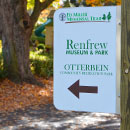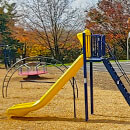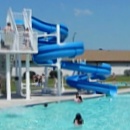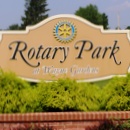Waynesboro is situated in the southern part of Franklin County, Pennsylvania, about 2 miles north of the Mason-Dixon line. The community, with a current population of 10,568 (2010), had its beginnings about 1749, when John Wallace, a Scotsman, settled by a spring located a few hundred yards west of the Antietam Creek (East Branch).
Wallace held title to 633 acres,119 perches, almost a square mile. He called his land holdings Mt. Vernon. Upon his death, the land was conveyed to a son Robert, who later conveyed it to his brother George. George owned it a short time when he conveyed it to brother John, who had recently returned from fighting the war. The Wallaces’ lands were often referred to as Wallaces’ Town or Wallacetown, as they were the largest land holdings in the area.









